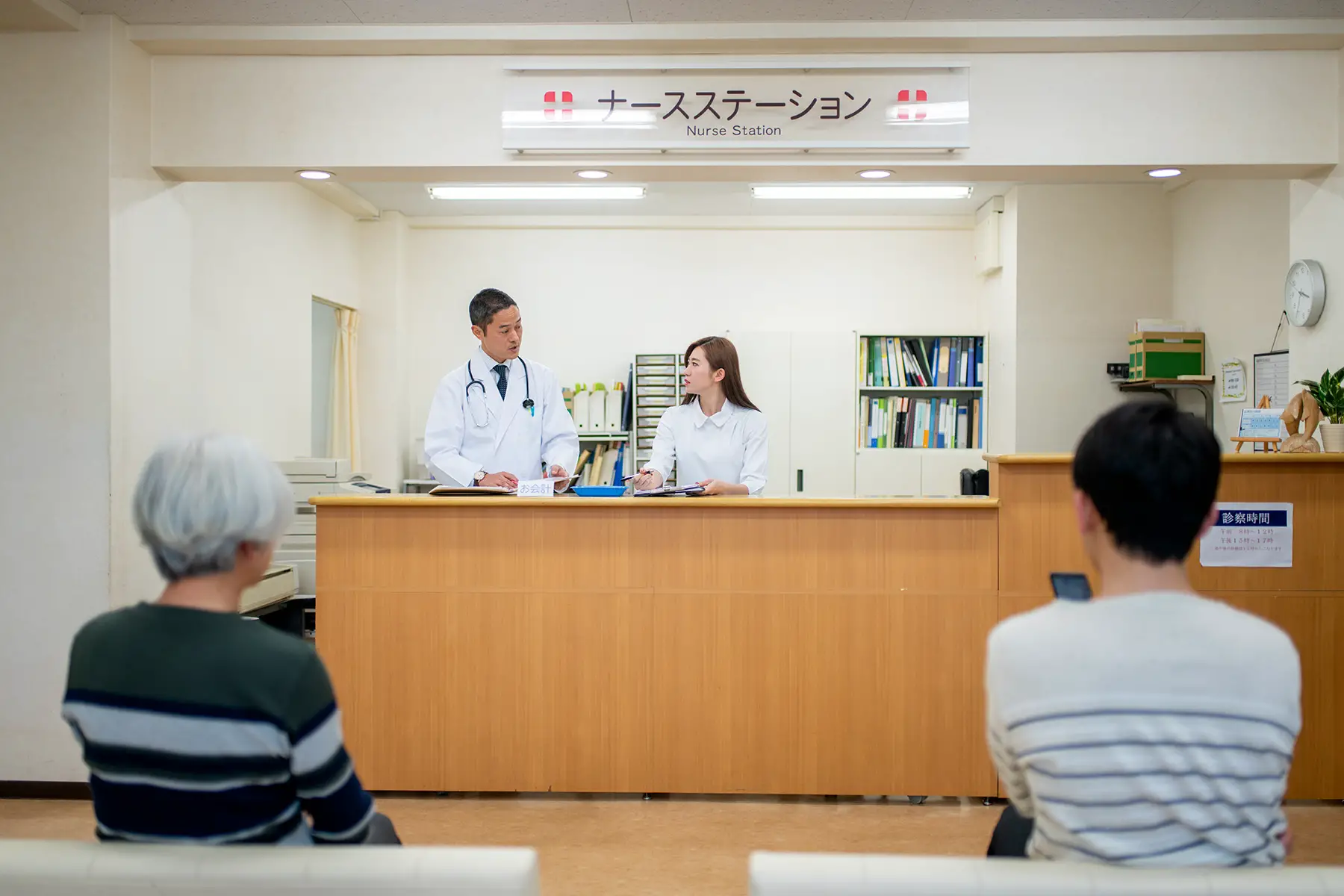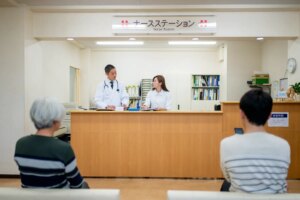Known for cutting-edge medical care and one of the longest average lifespans in the world, there’s no doubt about the quality of the Japanese healthcare system (医療制度, iryo seido). Whether you’re moving to Japan (日本, Nihon/Nippon) for a new job, to study, or to retire, you must register to access the country’s universal healthcare. While all long-term residents in Japan are entitled to public health coverage, most also take out private plans to have shorter wait times and access English-speaking doctors.
Read on for more about Japan’s health insurance options, including:
Allianz Care
Allianz Care is a world leader in providing international health insurance. Their various premiums provide professionally designed solutions for a variety of expat lifestyles. So, wherever your life takes you, make sure you have the right health protection for you and your family with Allianz Care.
The Japanese healthcare system and health insurance
Japan’s world-leading healthcare system is available to all citizens and residents. The country is renowned for its medical achievements in curing and preventing diseases, and for having the world’s highest life expectancy (平均寿命, heikin jumyo). Unfortunately, Japan currently faces new challenges in healthcare due to the combination of an aging population and a declining fertility rate.
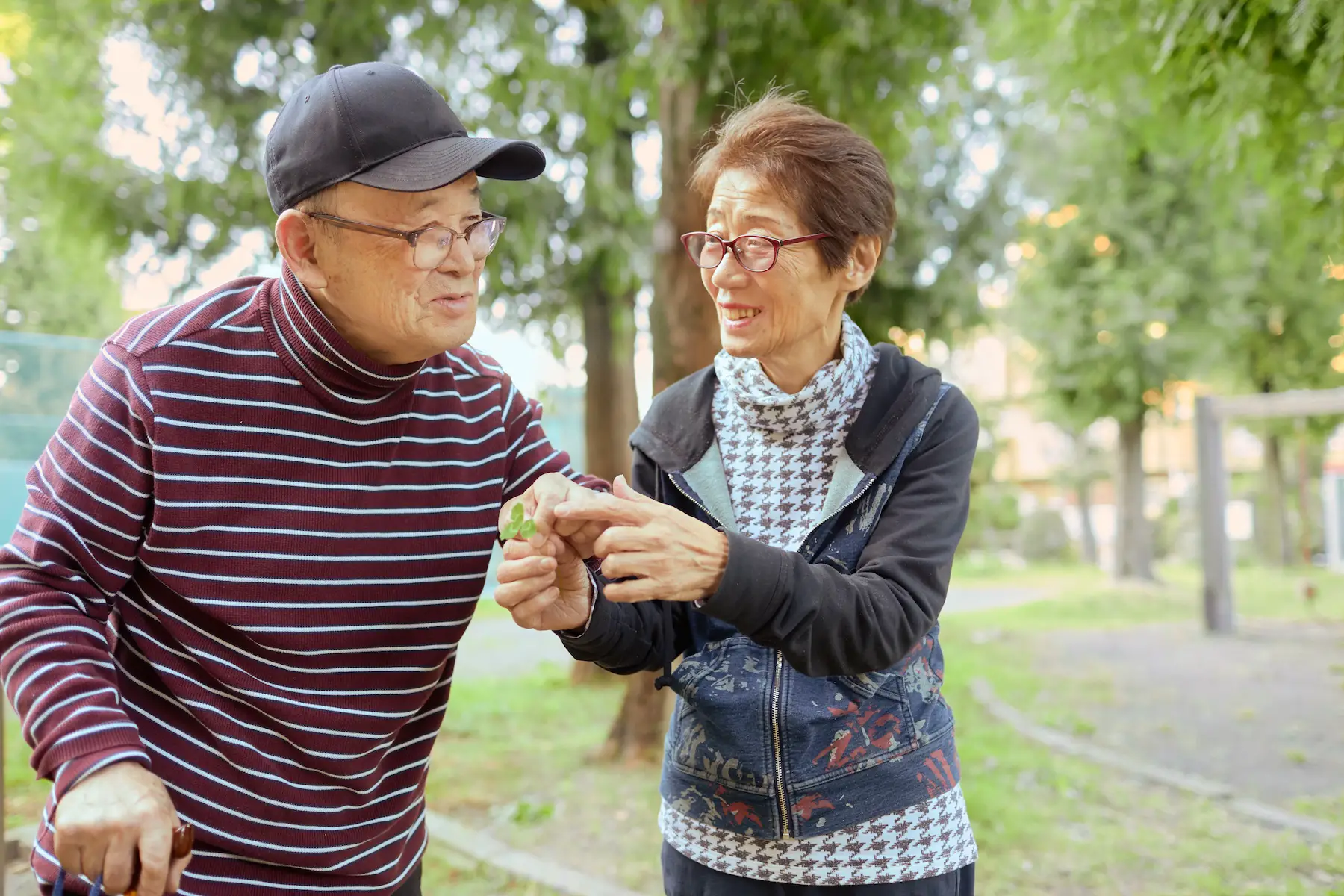
The Japanese healthcare system is mainly funded through taxes (税金, zeikin) and compulsory public health insurance payments, topped up with private coverage and individual contributions. The Ministry of Health, Labor, and Welfare (MHLW – 厚生労働省, Kose Rodo Sho) oversees Japan’s health insurance scheme. Each Japanese region has its own citizen health insurance fund, and there are over 1,400 of these across the country.
Japanese public health insurance (公的医療保険, koteki iryo hoken) covers most medical expenses (医療費, iryo hi) and nearly all costs for low-earners and unemployed residents. Although not a requirement, most of Japan’s population, including internationals, use private health insurance. Private coverage can help with costs and often includes treatments (治療, chiryo) unavailable through the public scheme.
Who needs health insurance in Japan?
Everyone residing in Japan needs health insurance. Those living in Japan permanently or moving there for longer than three months must enroll in public health insurance. In other words, anyone entering Japan on a long-stay visa must sign up for public healthcare.
Those visiting Japan on short-stay or tourist visas must take out private travel health insurance to cover potential healthcare costs. This is usually a requirement for a Japanese visa. Those on long-stay visas will also need private health insurance (民間医療保険, minkan iryo hoken) to cover the period before they can register with the public scheme.
What happens if I don’t have health insurance in Japan?
If you do not have health insurance coverage in Japan, you must pay the total treatment costs upfront. The exception is in cases of emergency treatment, where you will receive care first and settle the bill afterward. Providers may refuse you non-urgent treatment if you don’t have health insurance.
Since health insurance is required for most Japanese visas, you likely need to purchase a comprehensive policy before you can travel. You must secure travel health insurance before arriving to be allowed entry.
Who is covered by public health insurance?
As of 2020, Japan’s statutory health insurance system covered 98.3% of the population. It divides into three separate schemes:
| Scheme | Who it covers | Percent of population |
| Employment-based health insurance (被用者保険, hiyosha hoken) | Full-time employees of Japanese private companies, public agencies, and non-profit organizations | 58.6% |
| National health insurance (国民健康保険, kokumin kenko hoken) | Residents under 75 who are not full-time employees | 27% |
| Health insurance for senior citizens (後期高齢者医療制度, koki koreisha iryo seido) | All residents aged 75 and above | 12.7% |
In all three of these schemes, residents make insurance contributions that cover at least 70% of most public healthcare costs. The patient is responsible for paying any remaining costs not covered by public insurance.
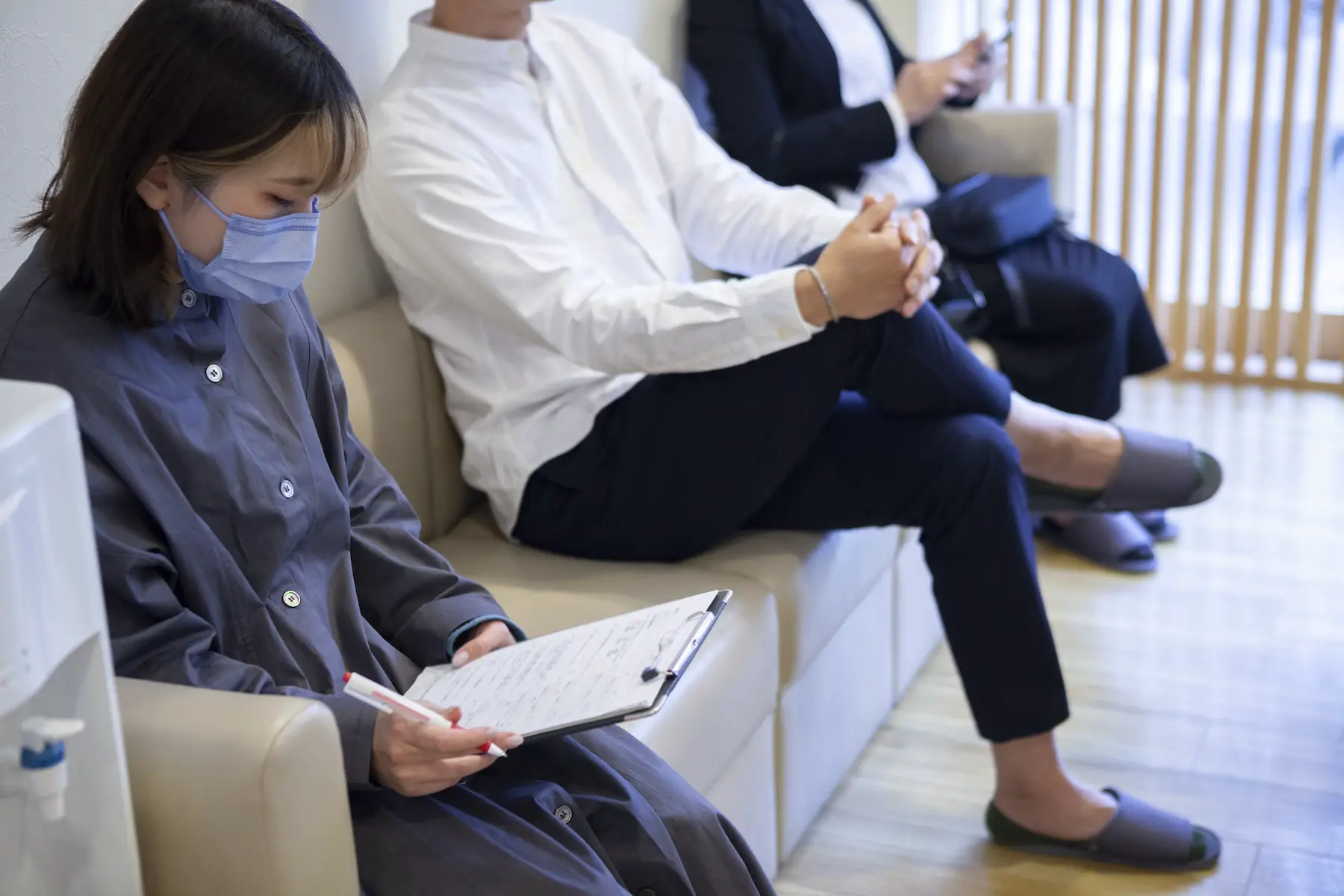
Short-term visitors staying for less than three months are not eligible for statutory health insurance and need private travel insurance (旅行保険, ryoko hoken). Additionally, those receiving benefits through social security in Japan are not covered. Instead, they access free public healthcare through a separate scheme.
What does Japanese public healthcare cover?
While health insurance covers at least 70% of healthcare costs for most people, this rate increases to 80–90% for children, older people, low-income adults, and those with disabilities or chronic conditions.
Japanese public health insurance covers the following:
- Primary care physician visits
- Specialist treatment
- Hospital visits
- Some mental healthcare (メンタルヘルスケア, mentaru herusukea) treatment
- Prescription drugs
- Emergency treatment
- Physical therapy (理学療法, rigaku ryoho)
- Most dental care (口腔ケア, koku kea)
- Some eye-care
- Preventative screenings and health education
- Alternative treatments, such as acupuncture (鍼, hari), if prescribed by a doctor (医師, ishi)
- Home care services delivered by medical institutions
- Palliative hospice care (ホスピス・緩和ケア, hosupisu kanwa kea)
Treatments not covered by public insurance include:
- Cosmetic and elective surgery
- Specialist treatment not approved by a general doctor or specialist
- Sexual healthcare (性的ヘルスケア, seiteki herusukea) such as contraception (避妊, hinin), abortion (中絶, chuzetsu), or fertility treatments
- Vaccinations (予防接種, yobo sesshu) not on the public schedule
- Some medical equipment
- Eyeglasses or contact lenses (except for children aged under 9) and any optometry provided by non-physicians

Maternity care (マタニティケア, matanitei kea) is also not covered through the standard insurance scheme. However, those covered by statutory Japanese health insurance receive a lump sum payment for birth and maternity costs. Separate insurance (介護保険, kaigo hoken), paid by all residents aged 40 and above, covers long-term care for those over 65 or 40–64 with disabilities (障がい, shogai).
How to apply for public health insurance
Companies (会社, kaisha) in Japan sort out employment-based health insurance (EHI) (被用者保険, hiyosha hoken) for you. However, if you are applying for national health insurance (NHI) (国民健康保険, kokumin kenko hoken) or coverage for older adults, you will need to do this within two weeks of arriving in Japan.
If you move to Japan for work but don’t start the job immediately, you can sign up for NHI initially as long as you have a residence permit or long-stay visa. You might owe back payments if you register late and don’t have private insurance to cover the gap.
To apply for public health insurance, you need to visit your local municipal office and bring the following:
- Passport (パスポート, pasupoto), along with your Japanese visa or residence card (在留カード, zairyu kado)
- Details of your Japanese address
- Social security number (個人番号/マイナンバー, kojin bango/mai namba) or equivalent tax ID
- Proof of your income as this will determine your insurance payments
Only one person per household needs to apply for statutory health insurance, but you must provide details for all claimants. You do not get to select your public insurance provider, but you can choose which healthcare professionals you use.
Japanese employers providing EHI must each register for a regulated insurance fund. For instance, small- and medium-sized businesses sign up for a single fund managed by the IBM Japan Health Insurance Association (日本アイ・ビー・エム健康保険組合, Nihon Ai Bi Emu Kenko-hoken Kumiai). In addition, Japan’s 47 prefectures operate NHI and schemes for older people.
Once you sign up for public health insurance, you should receive a health insurance card (健康保険証, kenko hoken sho) to bring to any medical appointments as proof of coverage.
Private health insurance in Japan
Who should get private health insurance?
Although Japan’s level of public healthcare provision is extensive, private health insurance is popular with nationals and foreigners. Over 70% of the population has a private health insurance plan, generally used as a supplement to state healthcare so that all medical costs are covered.
Citizens and long-term residents can also use private insurance for treatments unavailable on the public scheme. For example, statutory mental healthcare services are limited in Japan, so it’s worth considering a private plan if you want access to a fuller range of treatments.
Temporary visitors who are not eligible for state healthcare should take out a private insurance plan before traveling to Japan.
The advantages of getting private health insurance
The benefits of taking out private health insurance in Japan include:
- Copayment cost coverage: users have to pay 10–30% of costs when they use Japanese public healthcare; you can use private health insurance as a top-up to cover all costs
- Full access to Japanese healthcare: freedom to use either public or private services across Japan
- English-speaking services: public services are generally in Japanese (日本語, Nihongo), although some staff may speak English; You can find English-speaking providers privately and cover costs with insurance
- A wider range of healthcare: access to treatments not available through public healthcare, for example, some mental healthcare, dental care, and alternative treatments
- Shorter waiting times: although waiting times are generally not long in Japan, treatment through private providers is even quicker
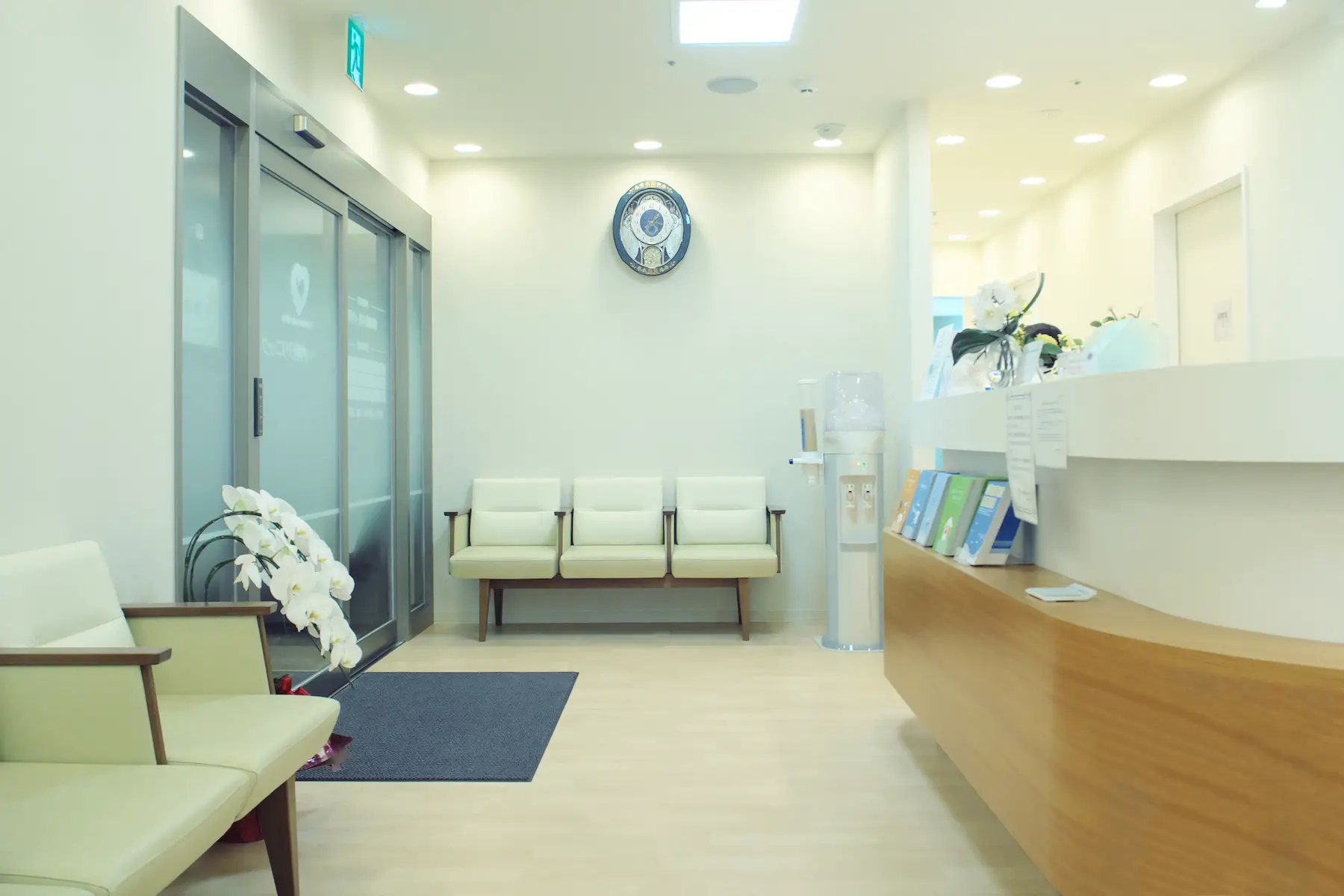
Disadvantages of private insurance include additional upfront costs. Your monthly expenses will be higher as you pay for both statutory and private premiums. Fees are also risk-based, so you will pay higher premiums if you are past retirement age or have existing medical conditions.
How does private health insurance work?
Several national and international health insurance providers operate in Japan, although the private market is smaller than in some countries. The Financial Services Agency (FSA – 金融庁, Kinyu Cho) regulates all legitimate insurers in Japan and provides a list of licensed providers.
Each provider has its registration process, policies (e.g., basic, premium), and associated costs. Your costs will depend on factors such as:
- The policies you choose and its claim limit (e.g., ¥100 million)
- Coverage location, for example, whether you can use your policy outside Japan
- Risk factors such as your age, lifestyle, and health status
- Number of people the policy covers, as many insurers offer family packages
You will typically have to settle any medical bills upfront and then claim reimbursement from your insurer. However, some companies will pay large bills directly if you provide the necessary information.
How do you choose an insurance provider?
It’s a good idea to shop around when looking for Japanese private health insurance and consider the following factors:
- Can you tailor the policy to suit your requirements so that you’re not paying for coverage you don’t need?
- Can you extend your policy to cover overseas travel?
- Are there any special offers or incentives? For example, some insurers partner up with other companies to offer discounts elsewhere or free products when you sign up.
- Is there an option to pay a deductible or excess to lower your premiums?
- How does the company score for customer feedback? Check its ranking on consumer rating sites.
- How straightforward is it to sign up, make a claim, or cancel your policy?
- Does the company rate well for ethics and sustainability? You can check websites such as CSRHub and Corporate Knights.
With most insurance companies, you can get a free quote if you provide them with the information they need to arrange your coverage. If you need more help deciding who to choose, use a comparison website such as kakaku.com.
Private health insurance companies in Japan
The following health insurance companies offer international coverage that works in Japan:
Japanese insurance costs and reimbursements
Contribution rates for Japan’s health insurance schemes vary. In general, EHI contributions are around 10% of salary and bonuses split between workers and employers. The Japanese government then tops up this funding through taxes.
Workers individually contribute about 5% of gross income toward health insurance. This means that if you earn ¥350,000 a month, your health insurance premium will be around ¥17,500. If you take out a complete private health insurance plan, you can expect to pay ¥25,000–65,000 monthly in Japan.
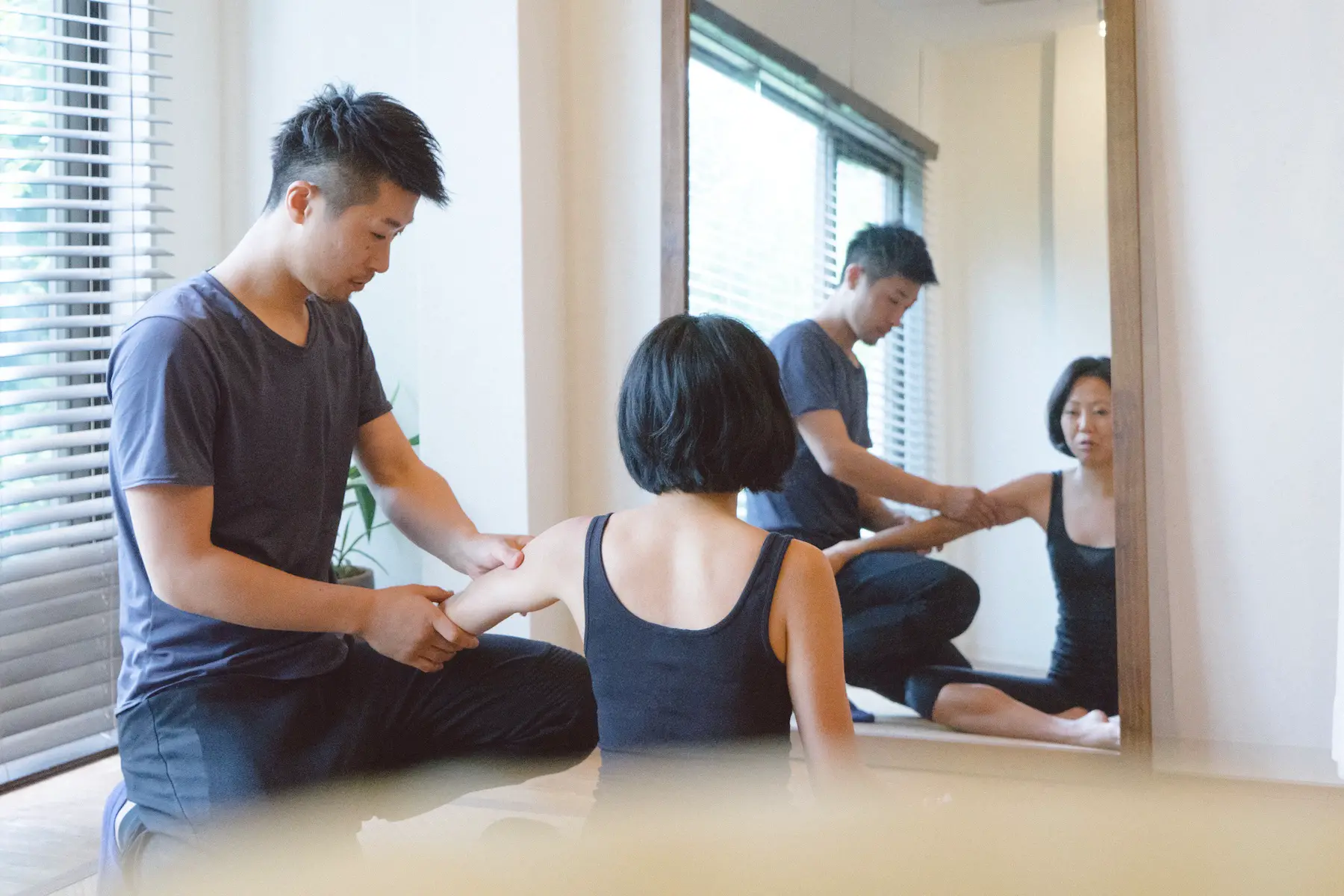
NHI and older adult insurance payments are based on factors including:
- Age (年齢, nenrei)
- Income (収入, shunyu)
- Regional location (prefecture) (都道府県, To Do Fu Ken)
- Number of people in the household
Government funding matches contribution rates, which are capped for all public health insurance types. The Japanese government (日本政府, Nihon seifu) determines the amounts by age, income tax bracket, and prefecture. As such, long-term care insurance payments generally work out at around 2% of your salary. Additionally, Japanese health insurance contributions and copayments are both tax deductible.
To keep healthcare costs affordable for the Japanese population, the government regulates public coverage through the MHLW and caps the copayment amounts. Copayment caps also vary by age and income. Current monthly copayment limits (PDF) for those under 70 are calculated by a mathematical formula that comes out at approximately:
- ¥150,000 for high earners
- ¥80,100 for the general population
- ¥35,400 for low earners
For ongoing medical care lasting over three months, caps are lower from the fourth month onwards. In contrast with private health insurance, where you sometimes have to cover the whole bill and then claim reimbursement, you only pay your copayment amount through the statutory scheme.
Health insurance for unemployed or low earners
Japan has a public assistance system (生活保護制度, seikatsu hogo seido) that helps those unable to pay for healthcare, education, rent, and other living expenses (生活費, seikatsu hi). This includes low-earning pensioners, those with health problems or disabilities, and households with incomes below certain thresholds. These thresholds vary according to the household’s size, type, and location. The current earnings threshold for a three-person family in a major Japanese city is ¥175,170 a month.
Assistance includes a range of health coverage, such as medical treatment, maternity services, and long-term nursing care. To apply, contact your local municipality’s welfare office.
In addition to those qualifying for social assistance, other low earners, pensioners, and young children pay discounted copayment rates for public healthcare. For example, pensioners over 75 pay 10%, and preschool children and those aged 70–74 pay 20%.
Useful resources
- Ministry of Health, Labor, and Welfare (MHLW) – the Japanese government department responsible for public healthcare and health insurance
- Kakaku – list of the most popular Japanese health insurance companies
- Financial Services Agency – regulates insurance providers in Japan

